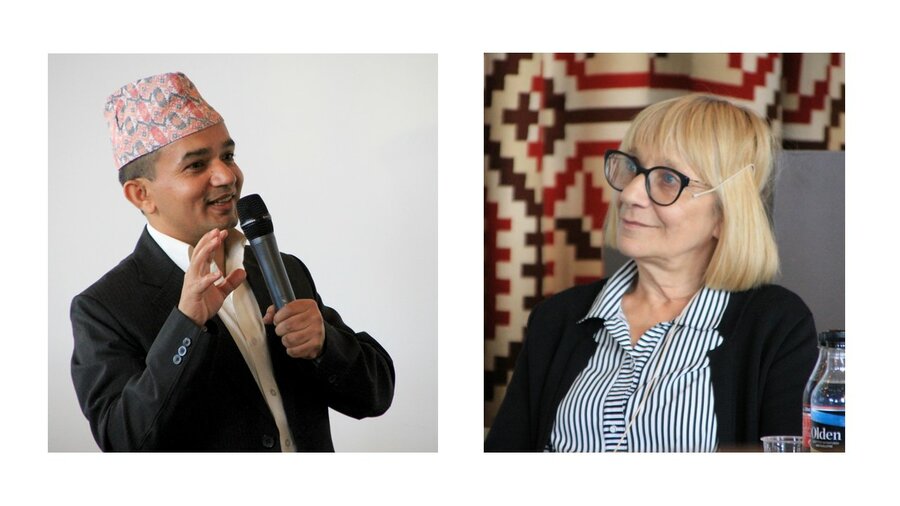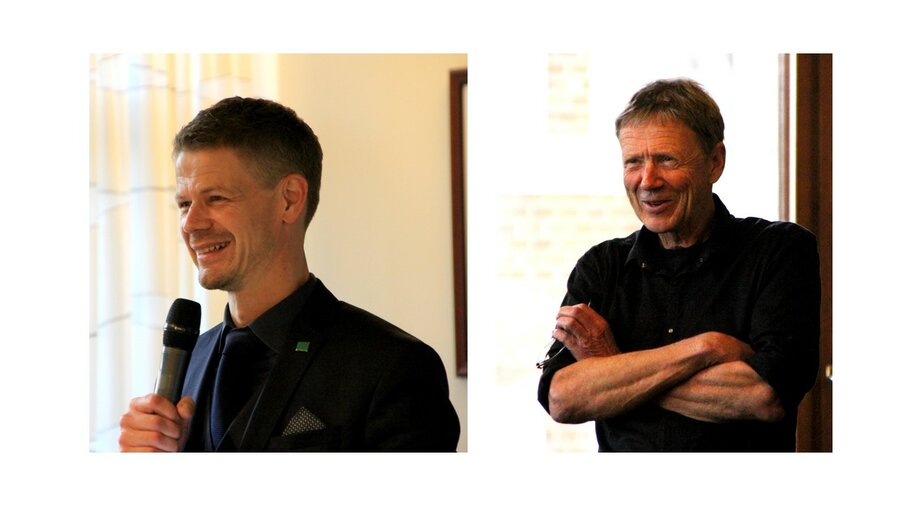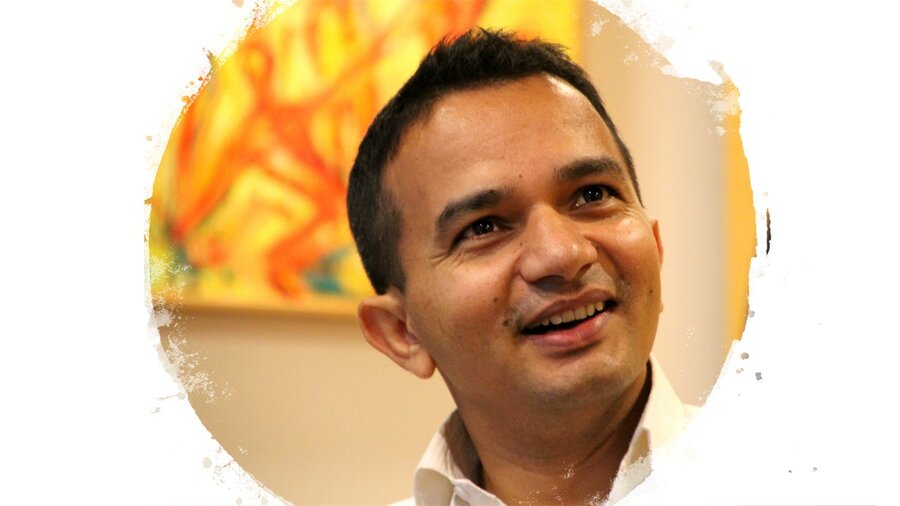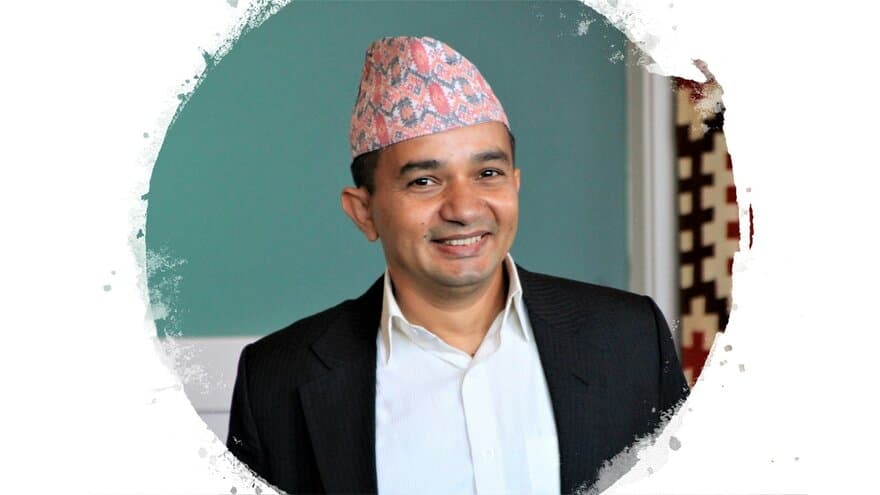According to Raju Rimal, eating an elephant and completing a PhD are both best tackled one bite (or byte) at a time. Raju successfully defended his PhD thesis, "Exploration of Multi-Response Multivariate Methods". He extended the statistical R-package simrel to create a simulation tool for multi-response data, and discovered that new envelope methods often perform well.
For Raju, the decision to pursue a PhD stemmed from a desire to use the knowledge he had accumulated during his Master’s degree. He was motivated as a statistician to understand data better – how to best capture meaning from numbers. "Doing a PhD is a kind of a path," he says. His path ended with two main accomplishments: he created a statistical simulation tool that handles multi-response data, and he used this tool to compare different multivariate methods.
Main achievements and findings
One of his main achievements was developing a tool which other researchers can now add to their toolbox. This tool is an extension to the R-package simrel, allowing it to work with multi-response linear data. The original simrel package was created by his supervisors, Prof. Solve Sæbø and Assoc. Prof. Trygve Almøy, along with Prof. Inge Svein Helland (University of Oslo). Raju hopes that his extension will lead to more researchers using simrel in the future, as "it is very versatile … it helps researchers produce simulated data in a flexible manner."
Yet Raju also went one step further, investing effort to make all his work both accessible and reproducible. In doing so he has created a valuable template for other researchers to evaluate and select the method most suitable for datasets with different properties and structures. It is this particular achievement that he is most proud of.
One of the most surprising findings for him was the fact that relatively new statistical methods, called envelope methods, worked so well. In his study, these methods worked well in both estimation and prediction. Raju therefore advises researchers to try envelope methods, and he encourages developers to make these methods more understandable and accessible to researchers in general.
The defense: a learning opportunity

The public defense was held in Festsalen, in the Clock Building, and was attended by visitors, colleagues, friends, and family from Nepal. For Raju it was a double celebration, as it coincided with the Nepalese Dashain festivities.
His evaluation committee consisted of first opponent Prof. Beata Walczak (University of Silesia), second opponent Prof. Dirk Repsilber (University of Örebro), and committee coordinator Assoc. Prof. Kathrine Frey Frøslie (BIAS group at KBM, NMBU). The evaluation committee concluded that Raju’s thesis was of high quality and met all requirements for a public defense. The process gave Raju insight into how he might behave as an opponent himself in the future. "I took away from this that you can have a creative, critical, and friendly dialog."
The defense was not without its challenges, but the hallmark of a good researcher is the ability to recognize his or her limitations. In particular, Raju acknowledged statistical concepts that he chose not to focus on, such as paired correlation, as they were not relevant at the time to his thesis topic. He also would like to better understand the needs of researchers who might use the simrel program. "I have to be in the shoes of the researcher," he says.
BIAS was a second home

What did Raju enjoy most about his PhD journey? "The BIAS group. The research group was very important." Raju experienced an intimate learning and social circle, with supportive supervisors and friendly colleagues. "Whenever I met my supervisor, Solve, I got such encouragement, and a clear path on where to go to next." Of his second supervisor, Raju says, "I could always go to Trygve and discuss with him small details. He has been like a friend to me."
Looking towards the future

As to the future, Raju is motivated to help other people understand what he has learned, and plans to create a video-based course to teach statistics. He would like to keep learning himself, as the learning process is a path that never ends. "I want to grab information from random numbers. These numbers say something, and it is a matter of trying to see the picture."
Fakta
|
Thesis: Exploration of Multi-Response Multivariate Methods The following papers have been published from Raju's thesis: A tool for simulating multi-response linear model data |
|
Try out the simrel package. |
